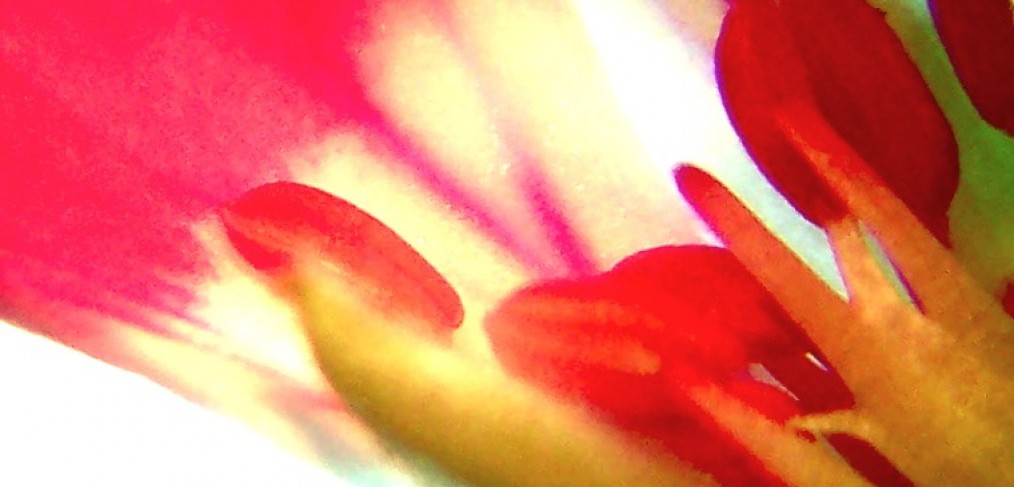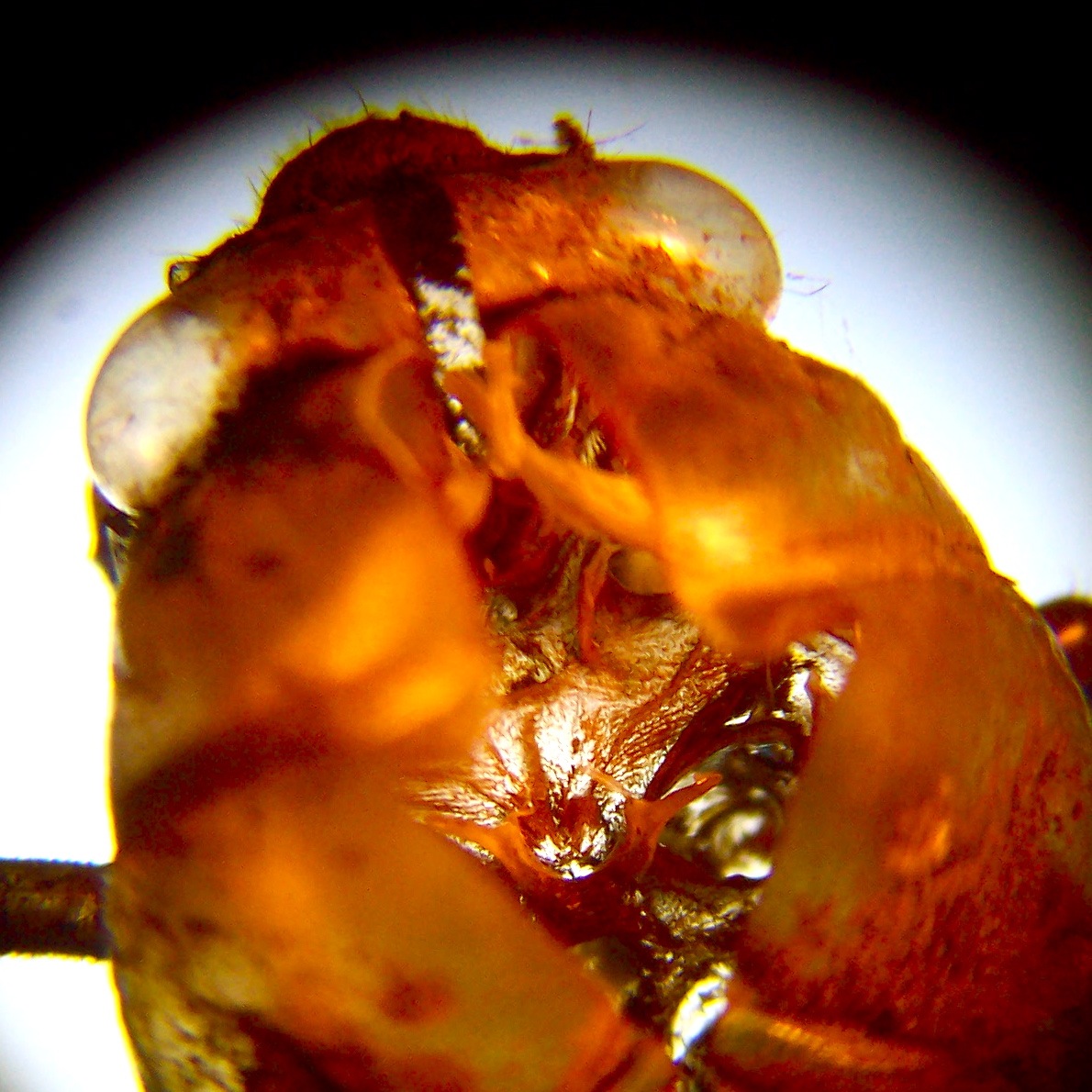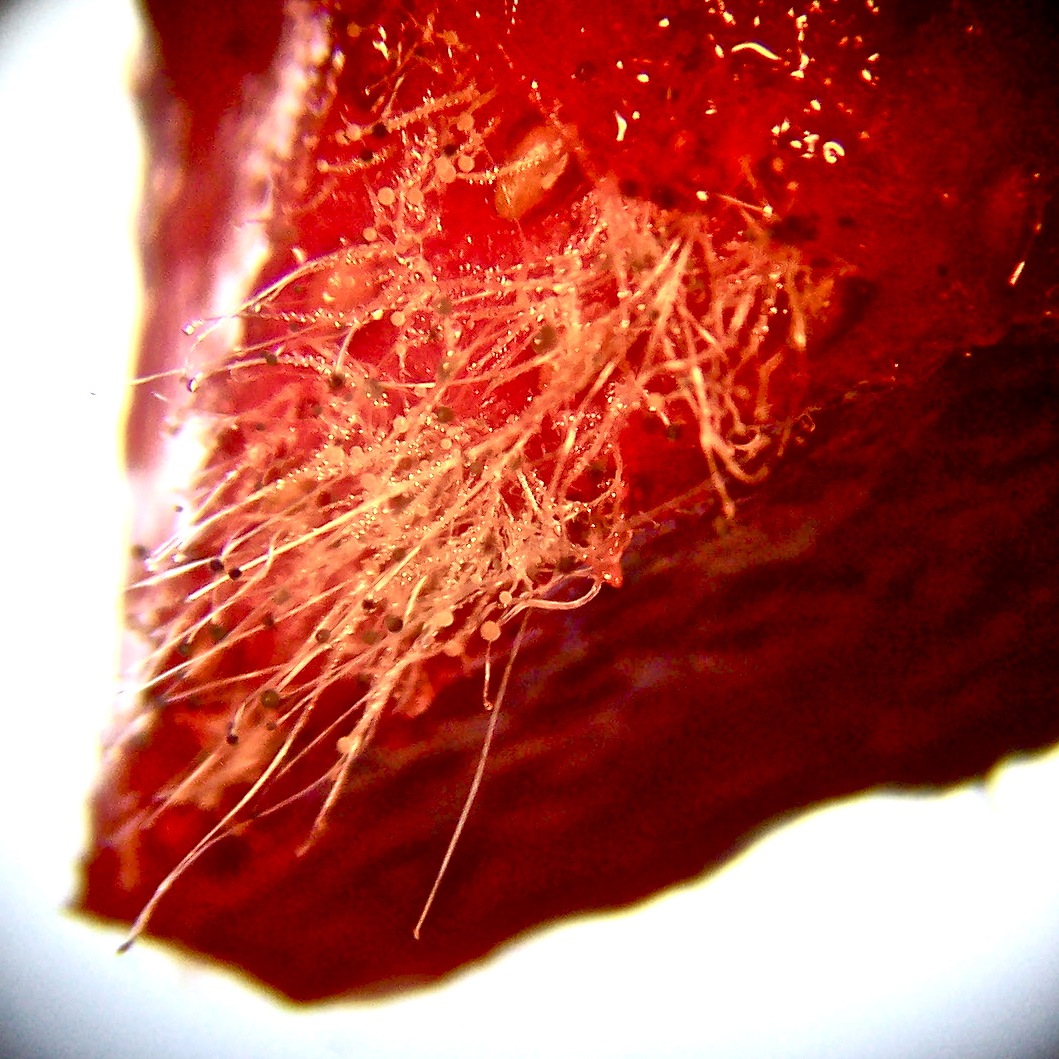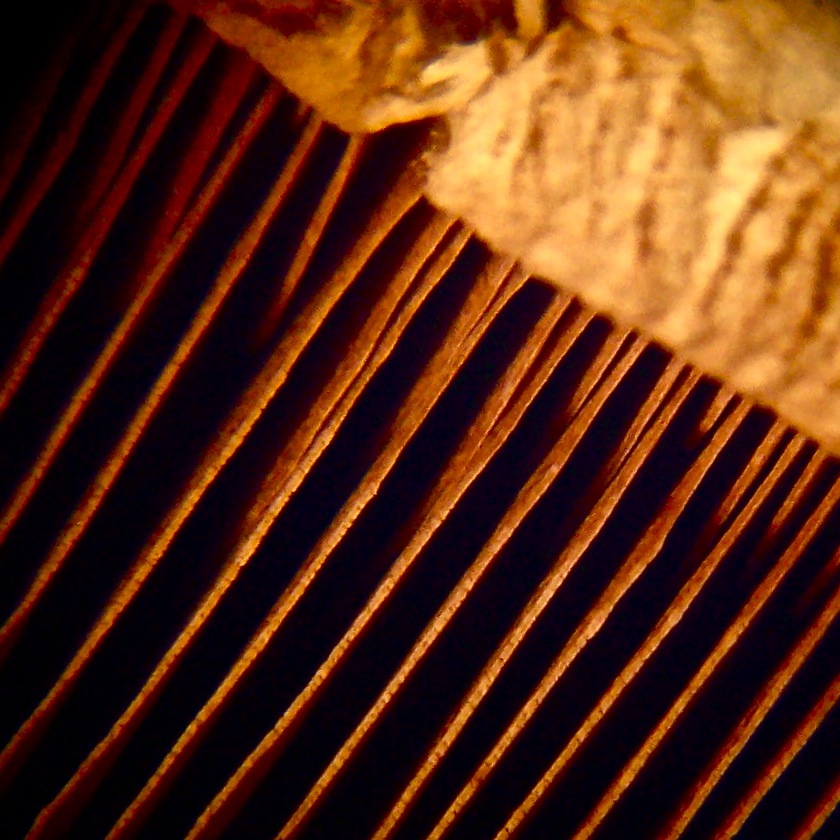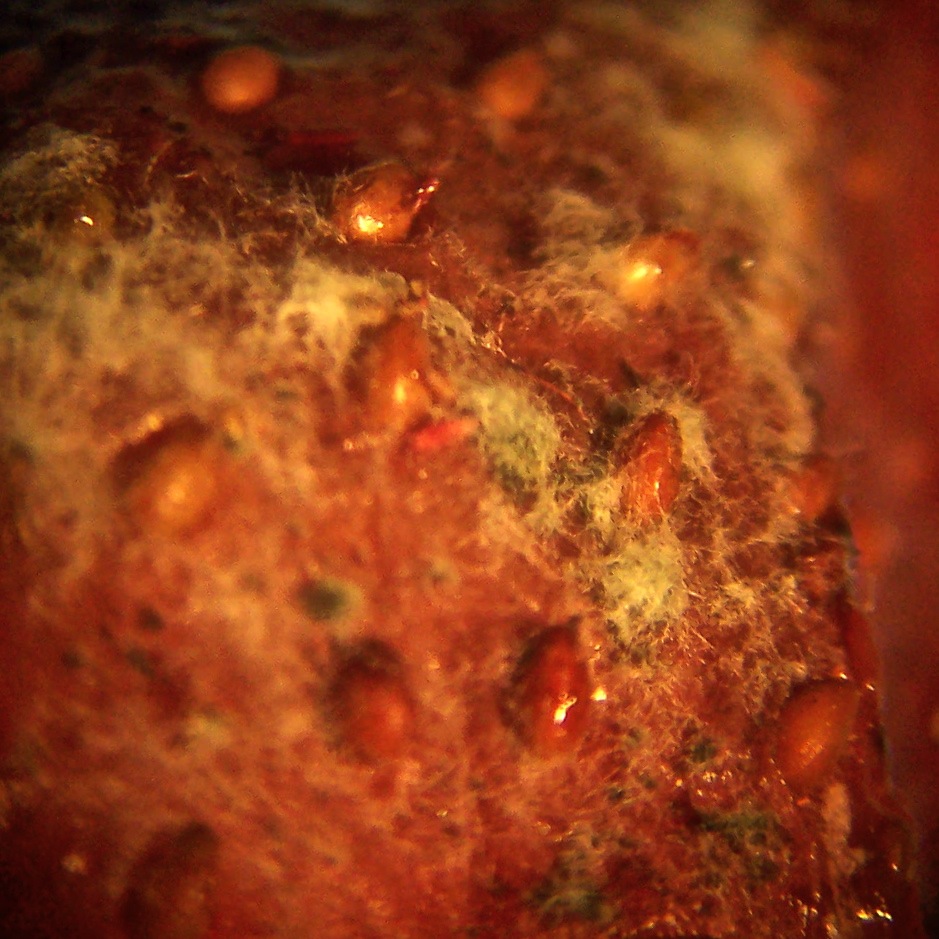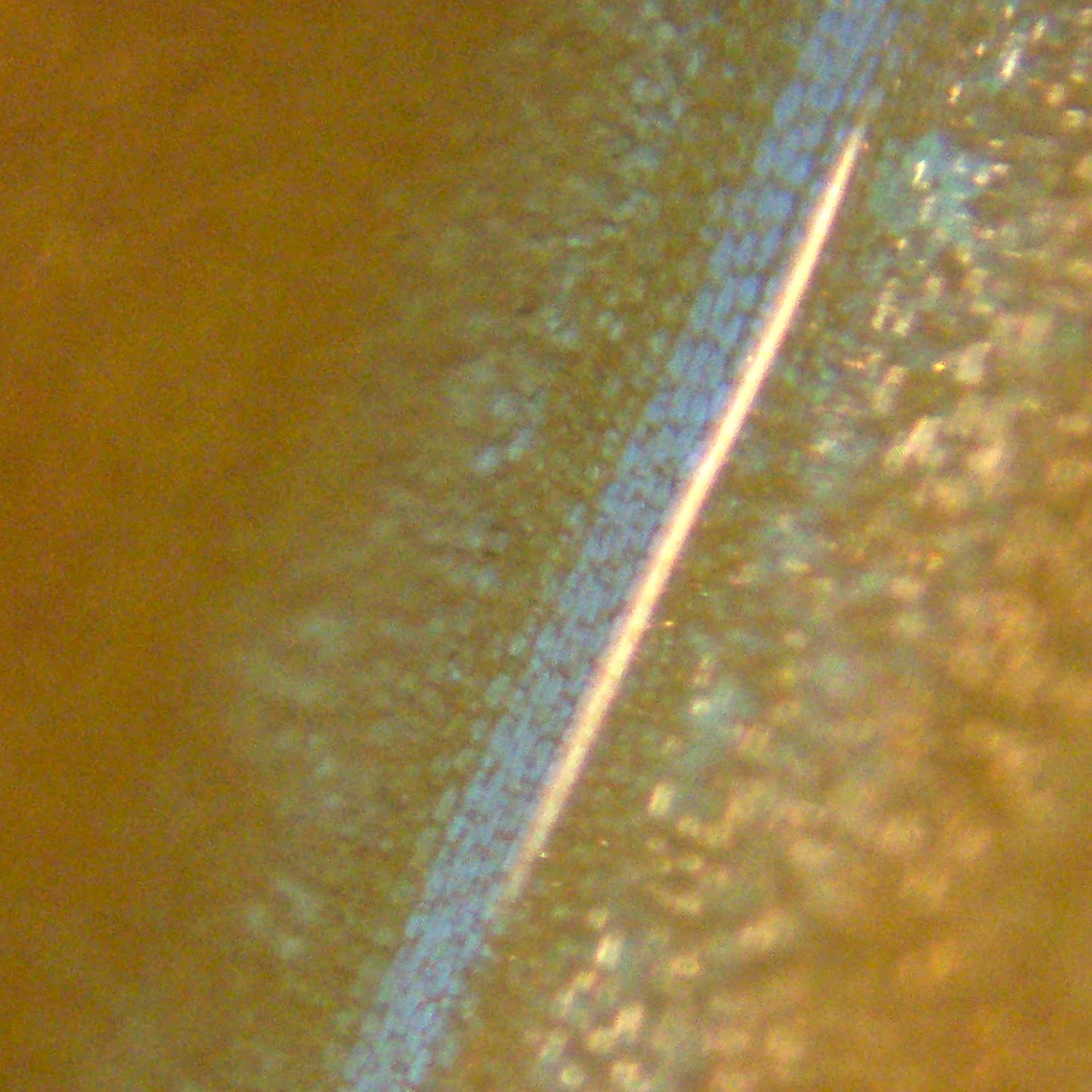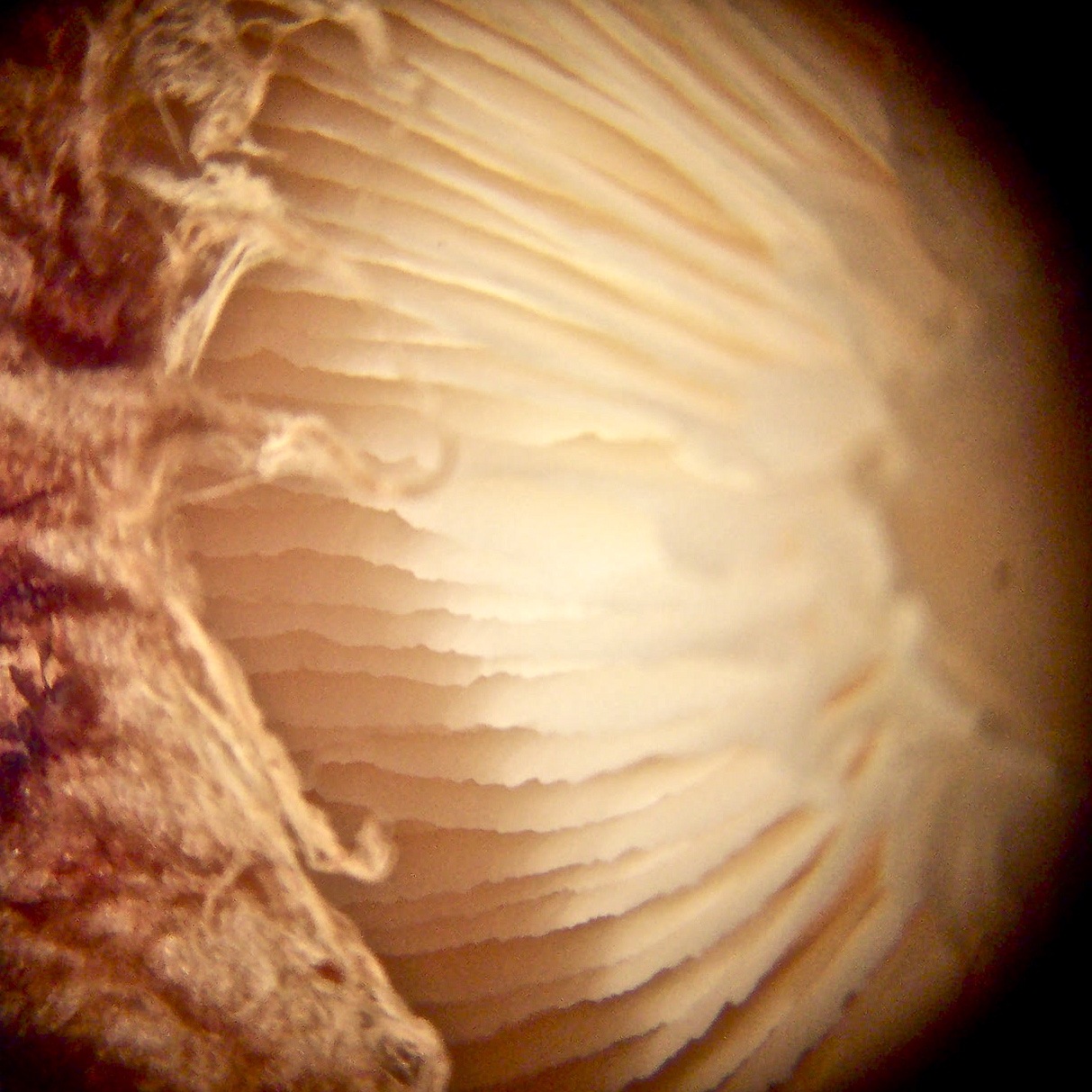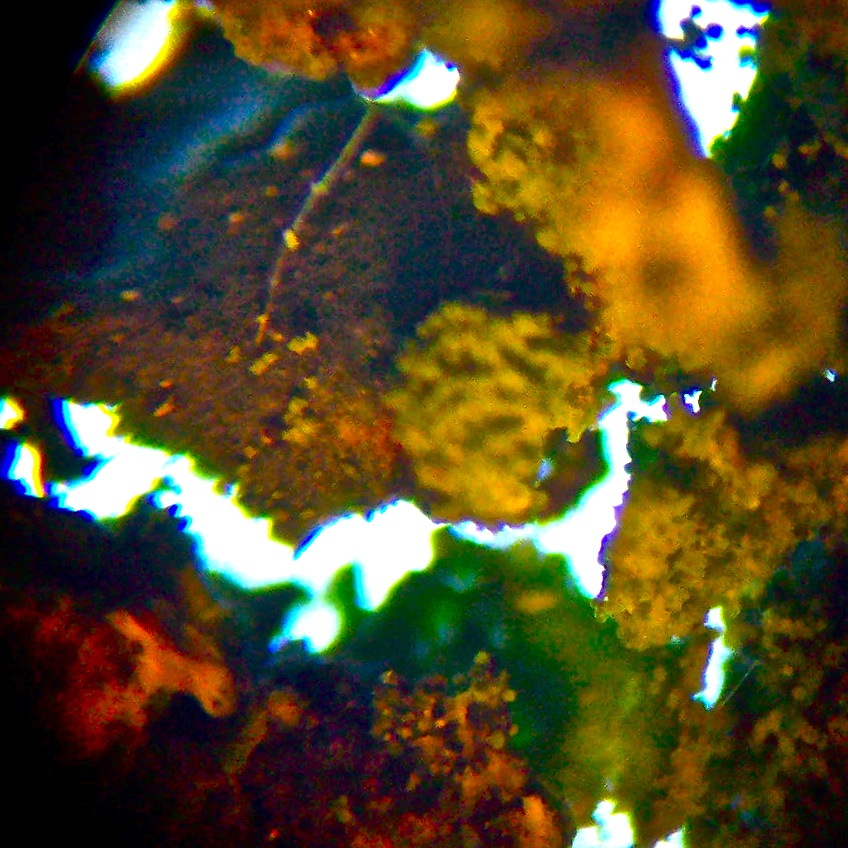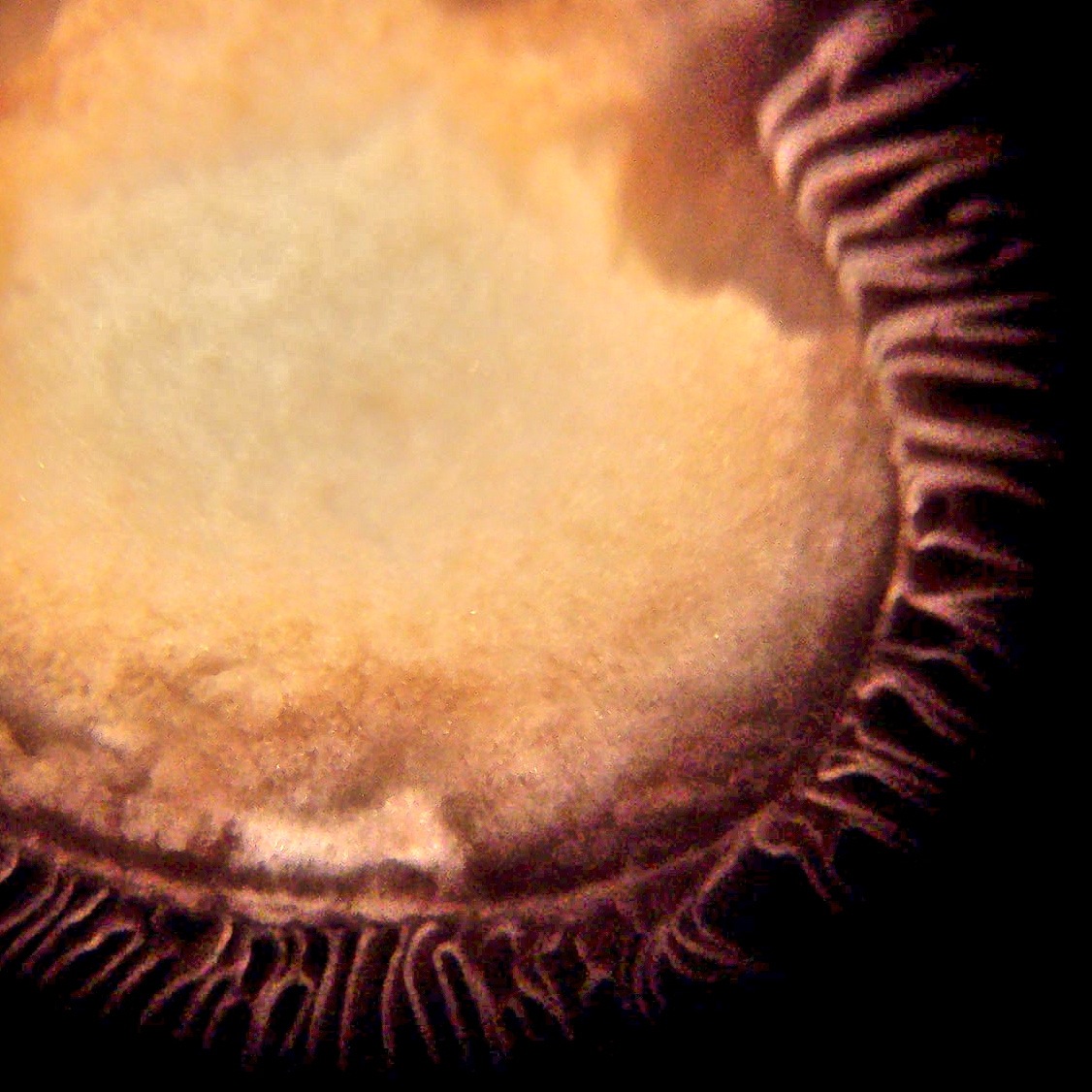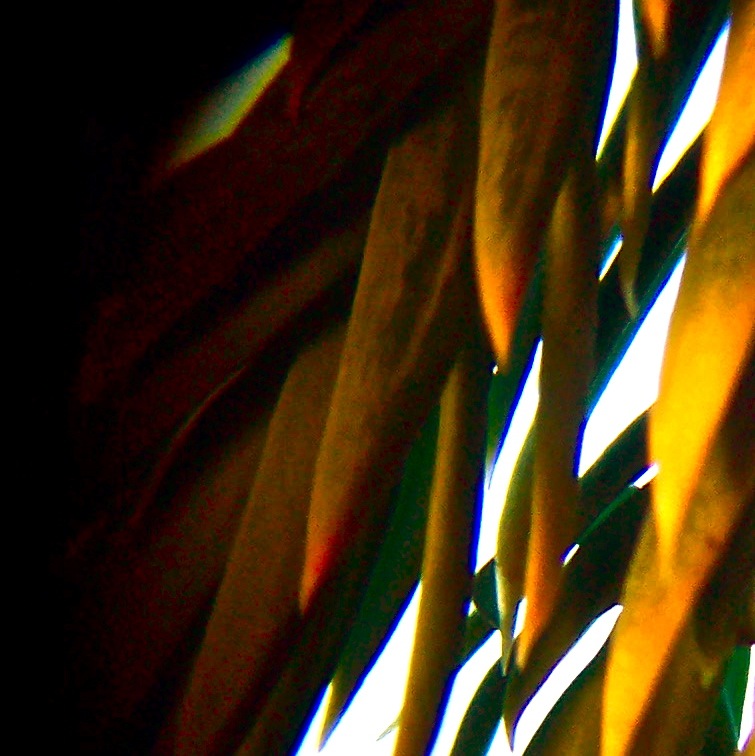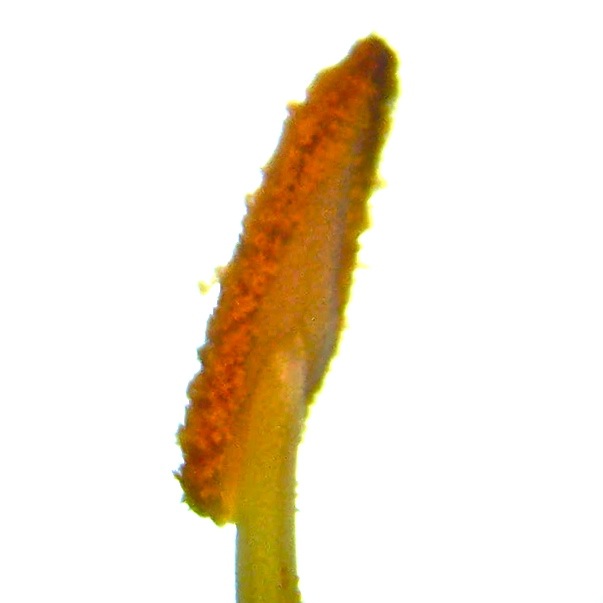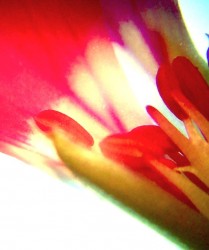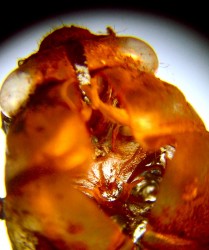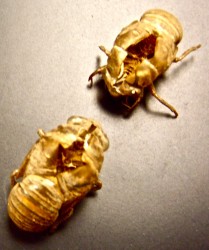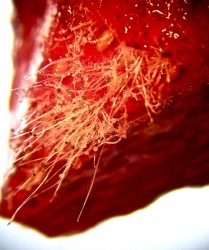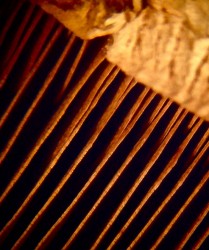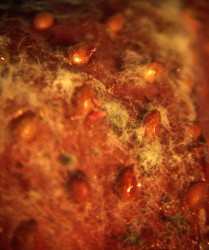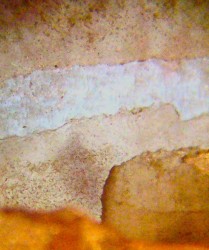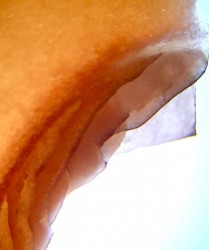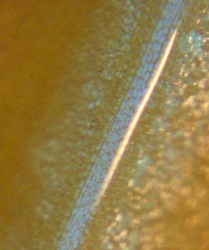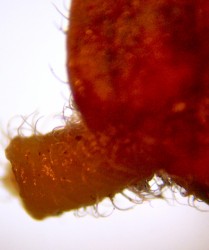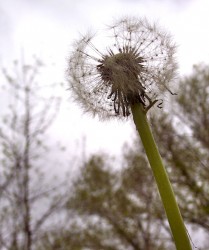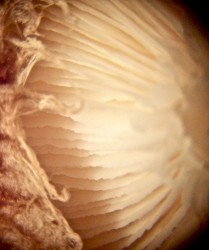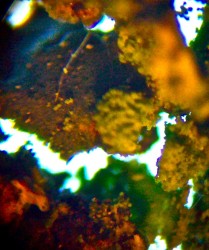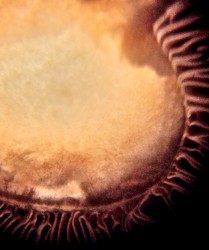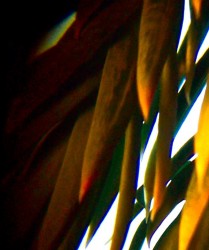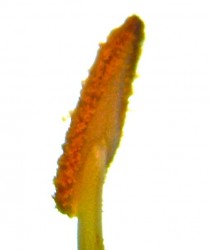Twice a month, highschoolers from Kokomo Area Schools at Home (KASH) gather here at Criterion Water Labs to study organisms as small as a single cell and as large as an ecosystem. Today’s topic was the kingdom Monera, which contains both beneficial and pathogenic (disease causing) bacteria.
The students drew the basic structures of a bacterium, from the capsule that insulate it from its environment to the DNA nestled inside that encodes its genetic information. Using a stereoscope, an instrument that magnifies opaque objects to make them easier to see, they examined pond water collected from a variety of sources. In the weeks ahead, they will observe the bacteria’s ability to use different food sources by introducing dirt, hay, or straw into their samples and reexamining the samples at their next class.
The students discussed the ways in which bacteria impact humans, either by producing foods such as cheese and yogurts, or by causing intensely harmful bacterial infections, such as the Black Plague.
Modern historians estimate that the Black Plague claimed over 20 million lives, nearly one-third of the world’s population at that time.
The students discussed how epidemics are often prevented today by returning to God’s commands about cleanliness and quarantine, and by using vaccinations.


